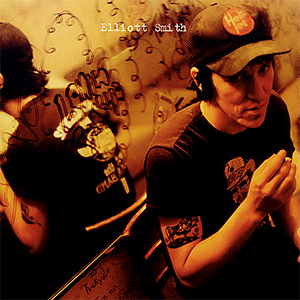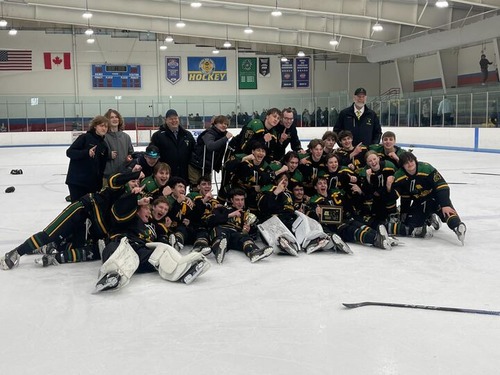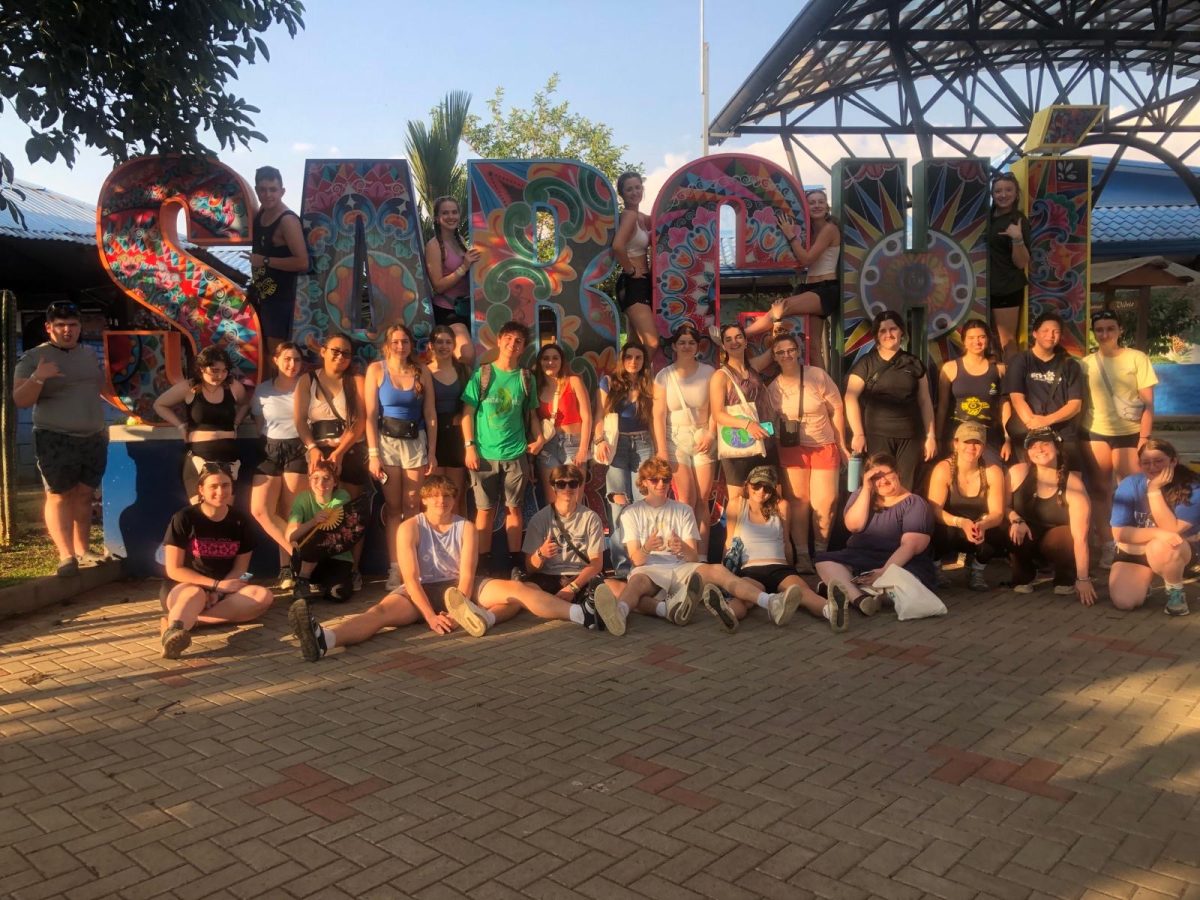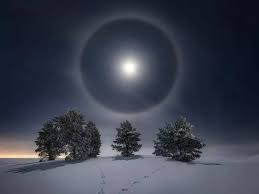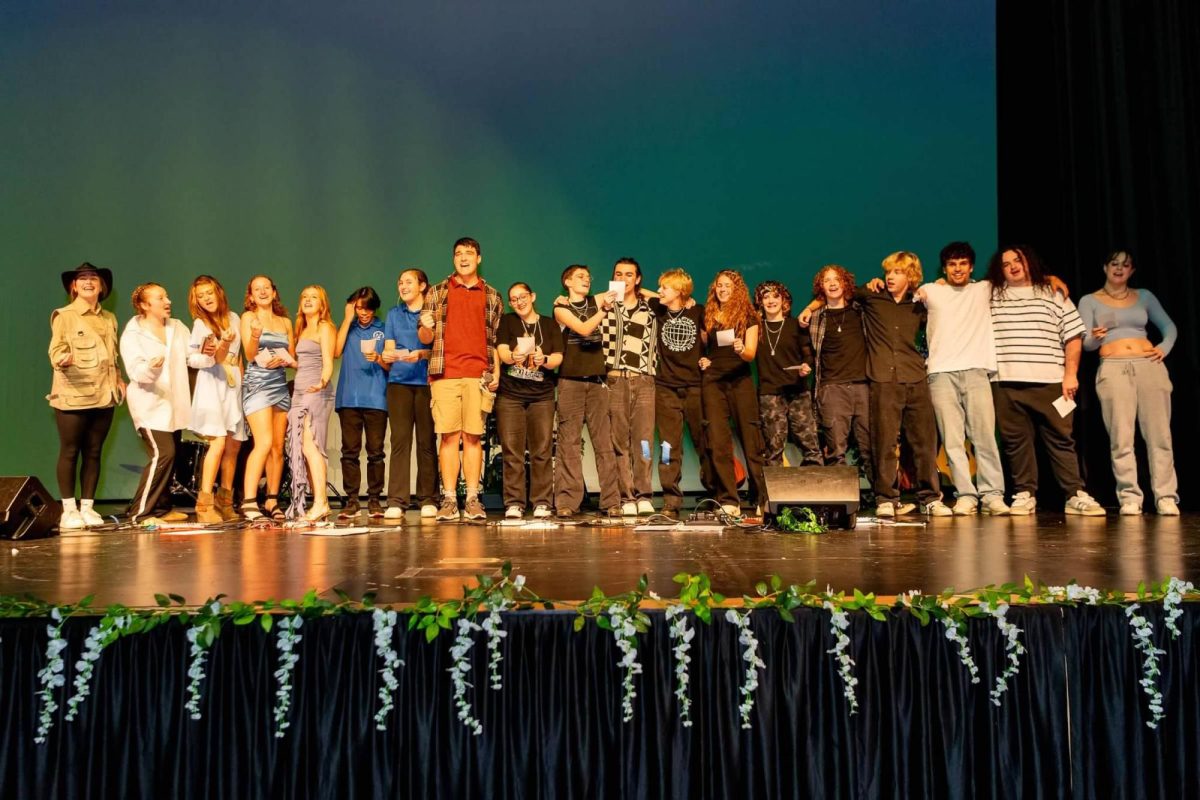The Winter Solstice is widely considered the official start of winter. Last year the Solstice was on December 21, and it was the shortest day and the longest night of the year. In Massachusetts, we only got 9 hours and 5 minutes of sunlight. The most common alternative name for the Winter Solstice is Yule, a Germanic-originated name from Neo-Pagans.
The Winter Solstice has been observed from as early as the Neolithic period, near the end of the Stone Age. Most Solstice traditions are known for stemming from pagan traditions and beliefs. It’s seen as a time to welcome back the sunlight while also honoring the darkness as well. People would spend the night giving and receiving gifts while sharing food and dancing.
In most religions, the Solstice is the time to welcome and honor the return of the Sun Gods. In Norse traditions, the Solstice is celebrated as the return of Sol. In ancient Persia and Iran, the Solstice is called Yalda, a day to honor Mithra, the deity of things like light, the sun, and justice.





